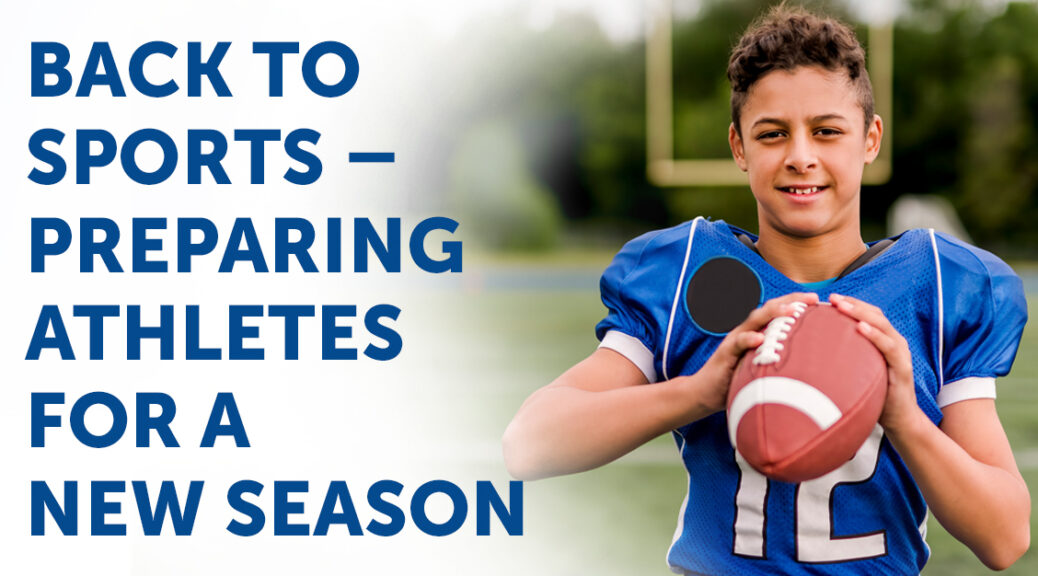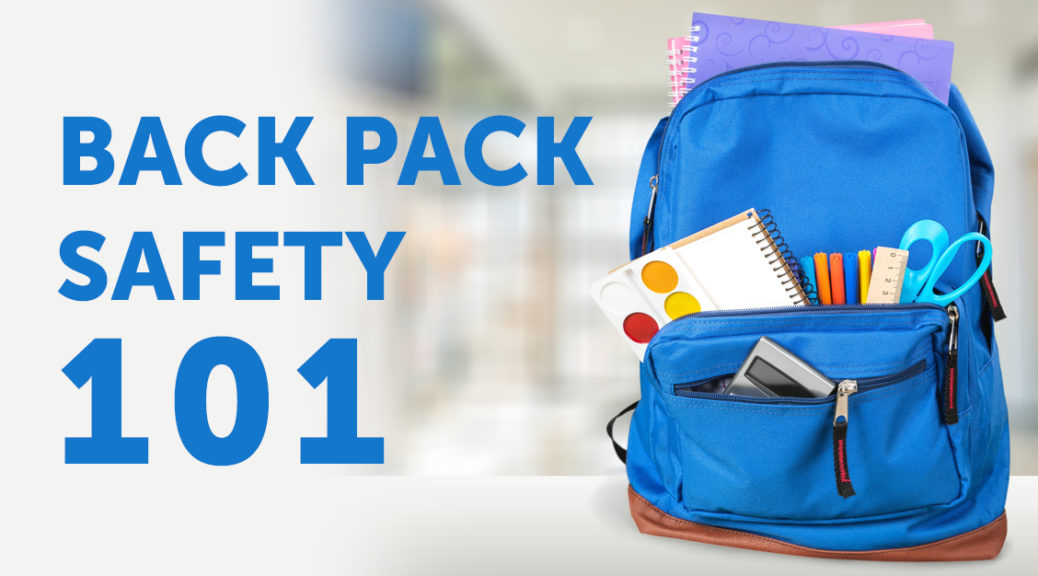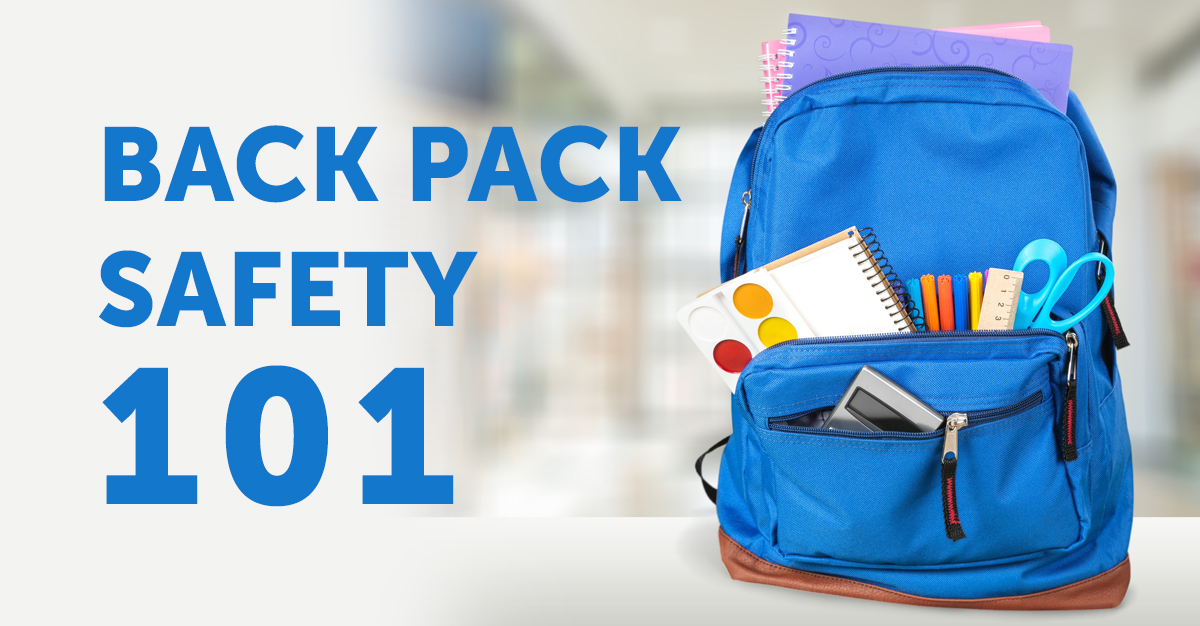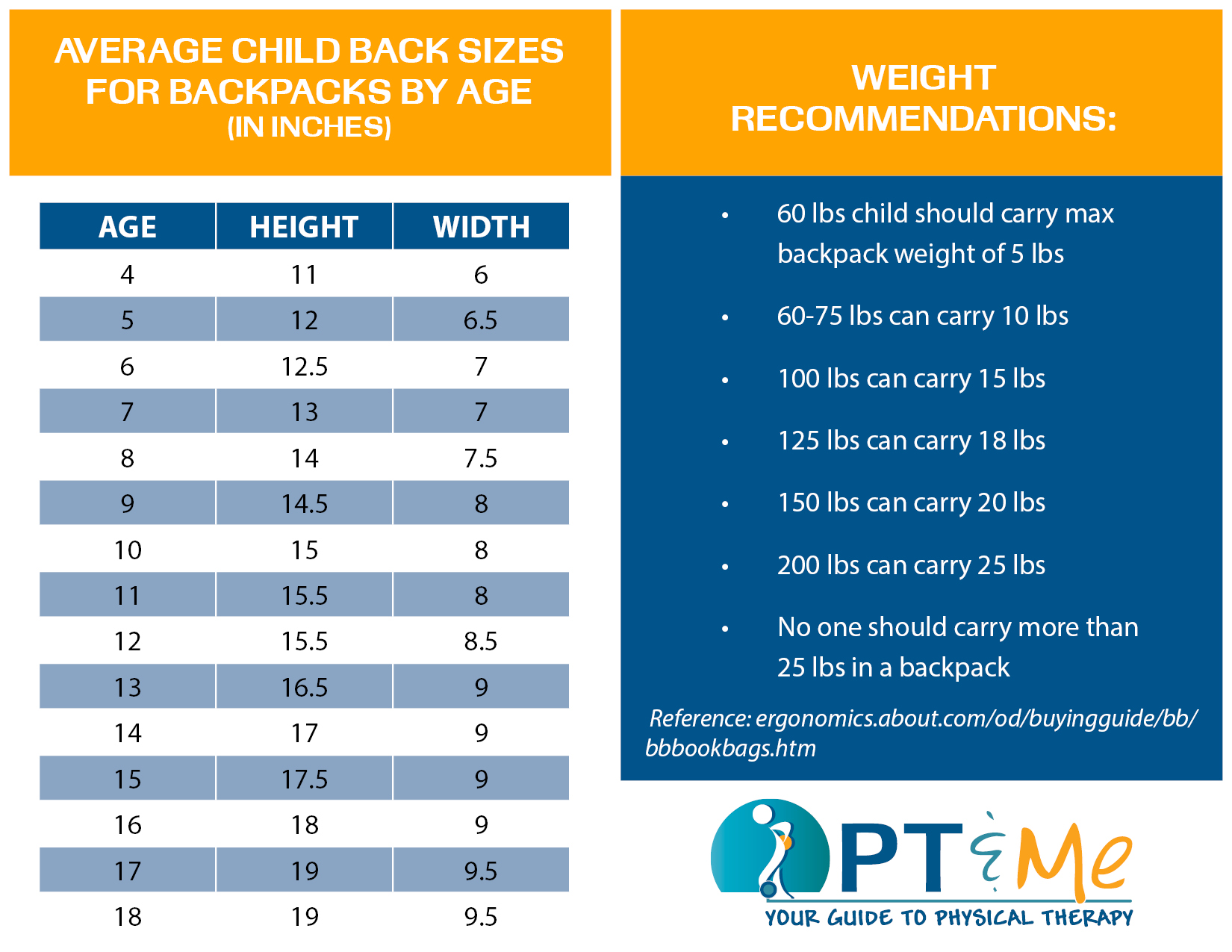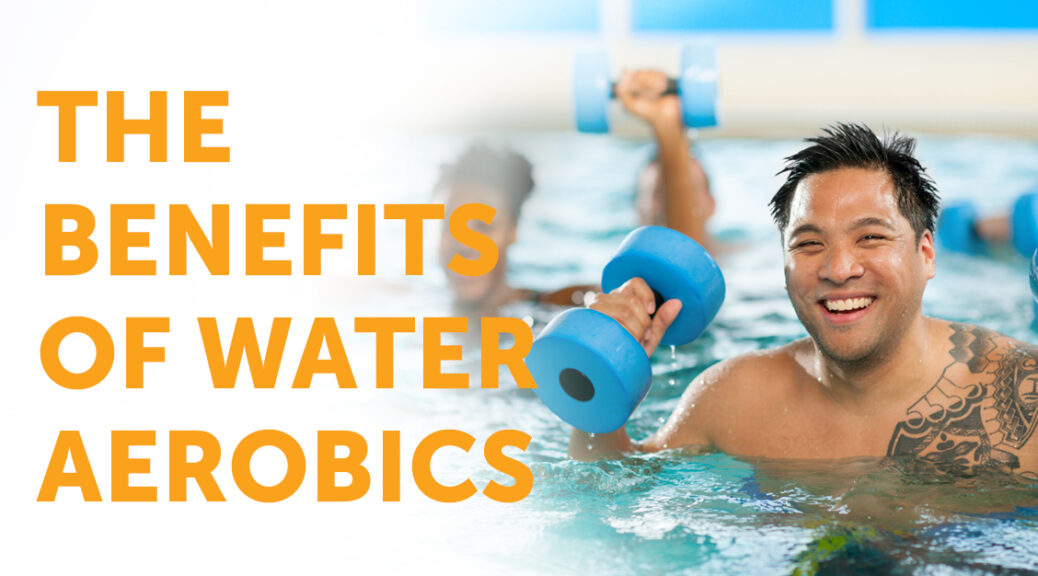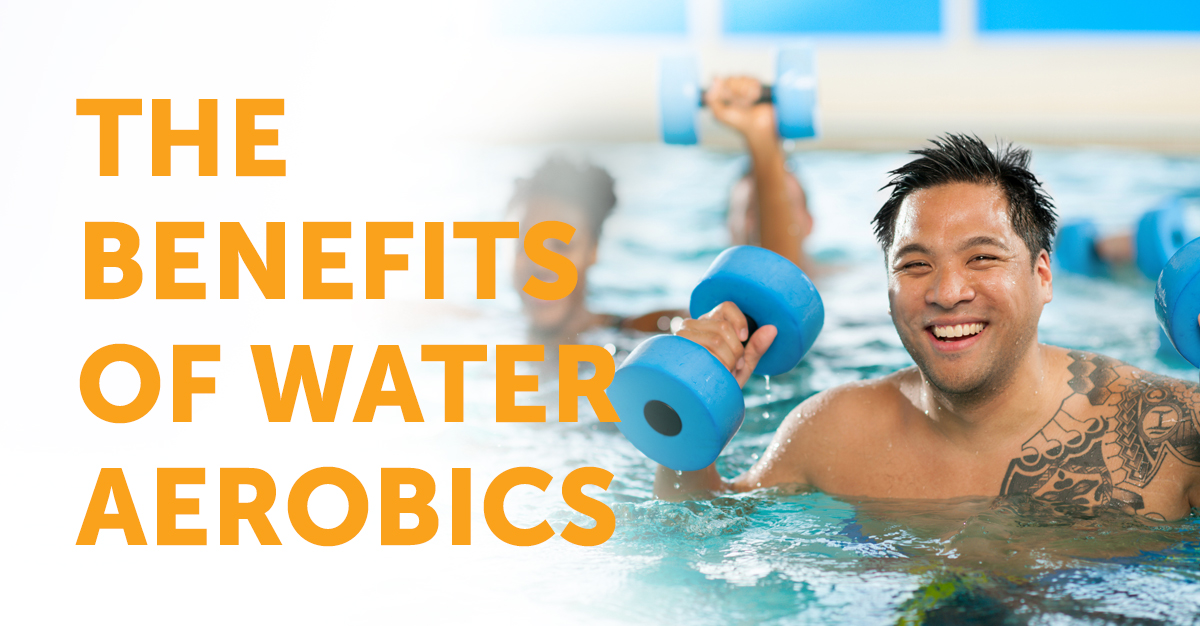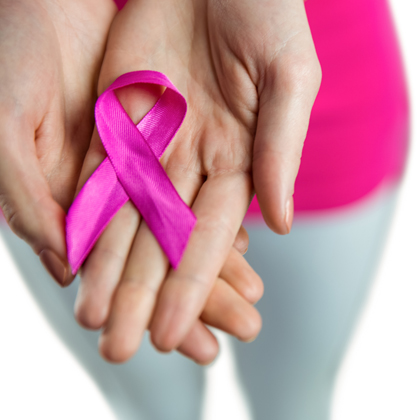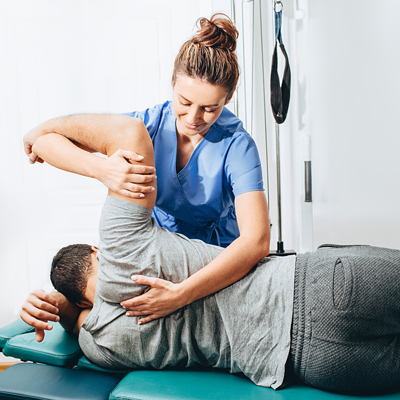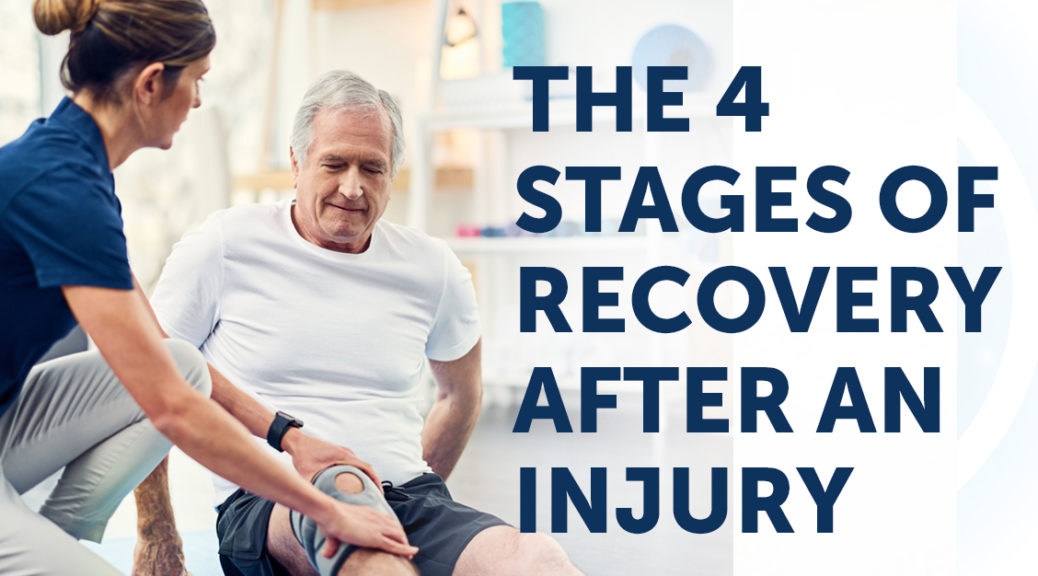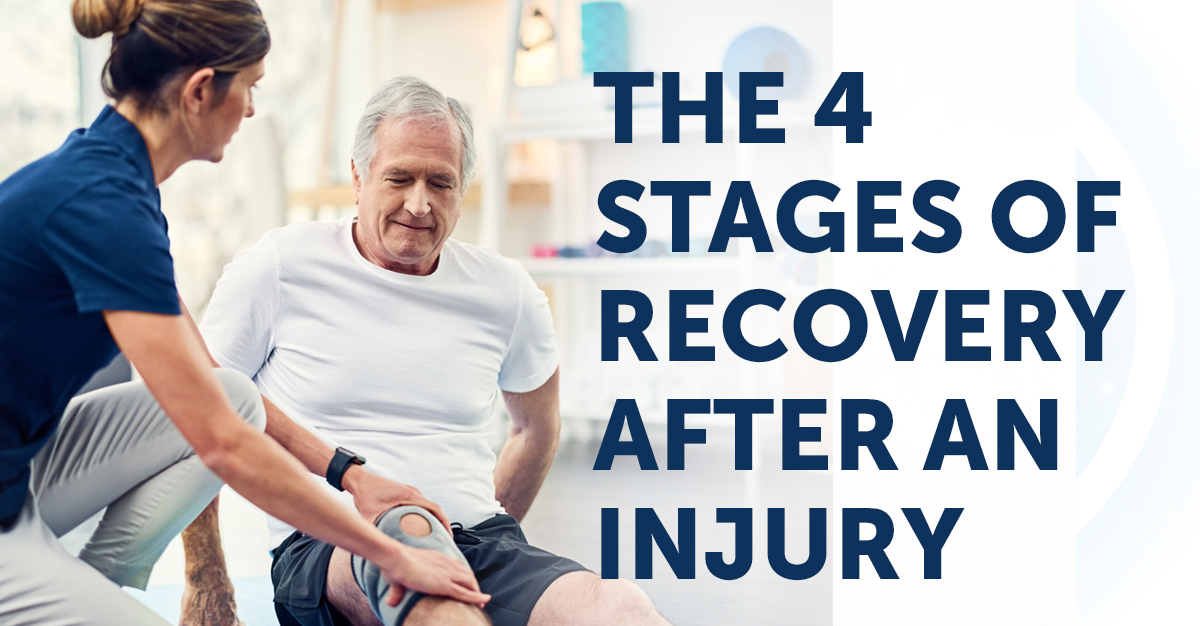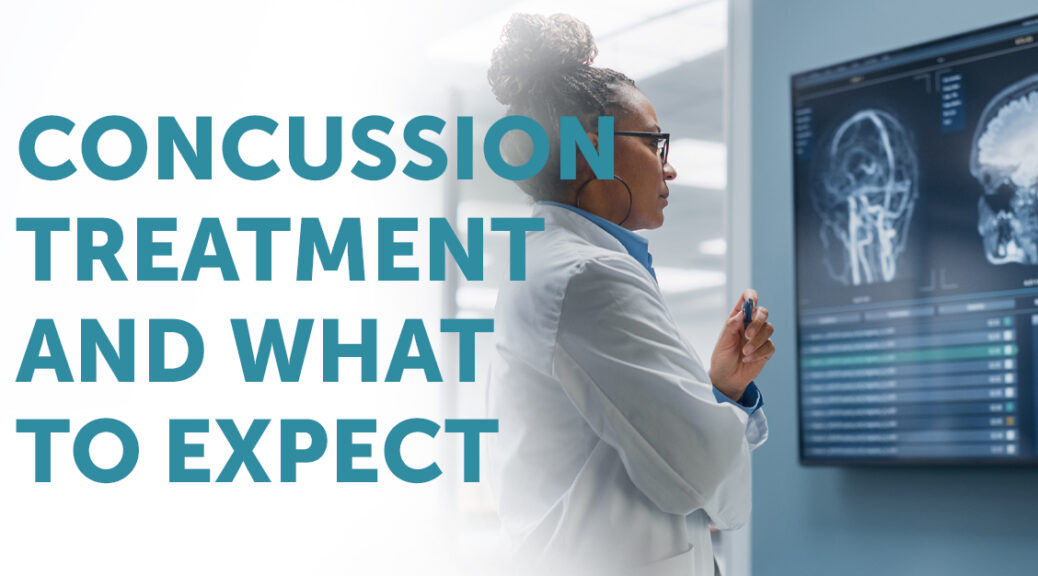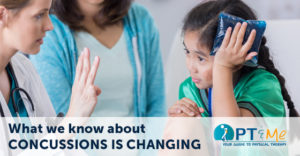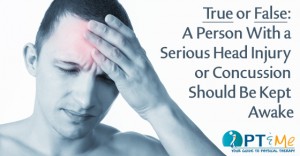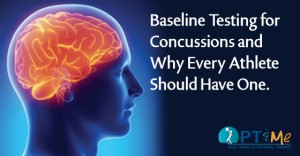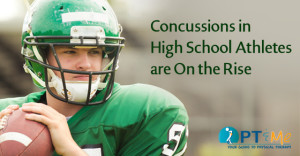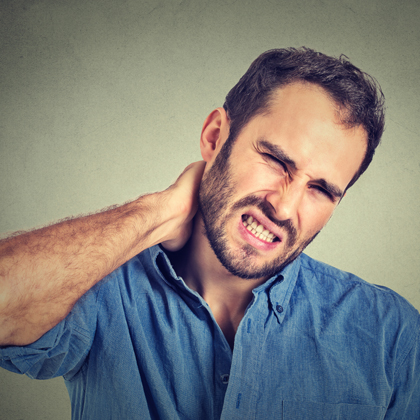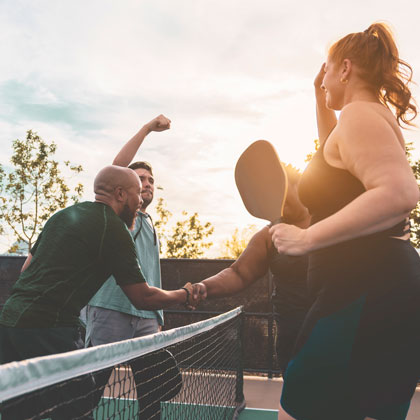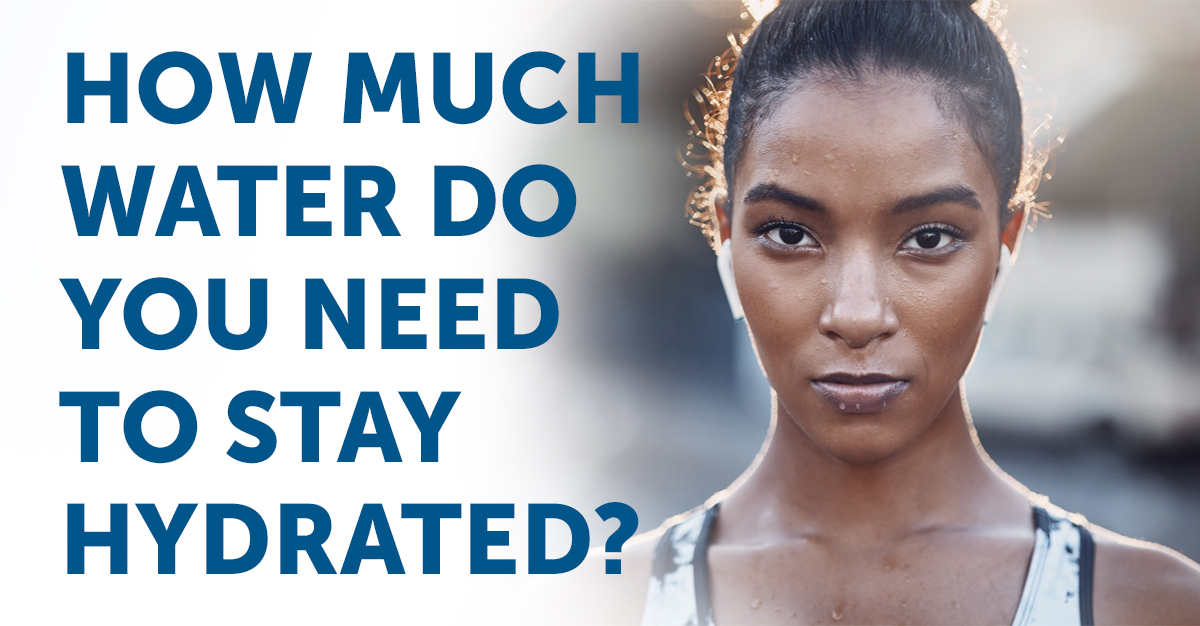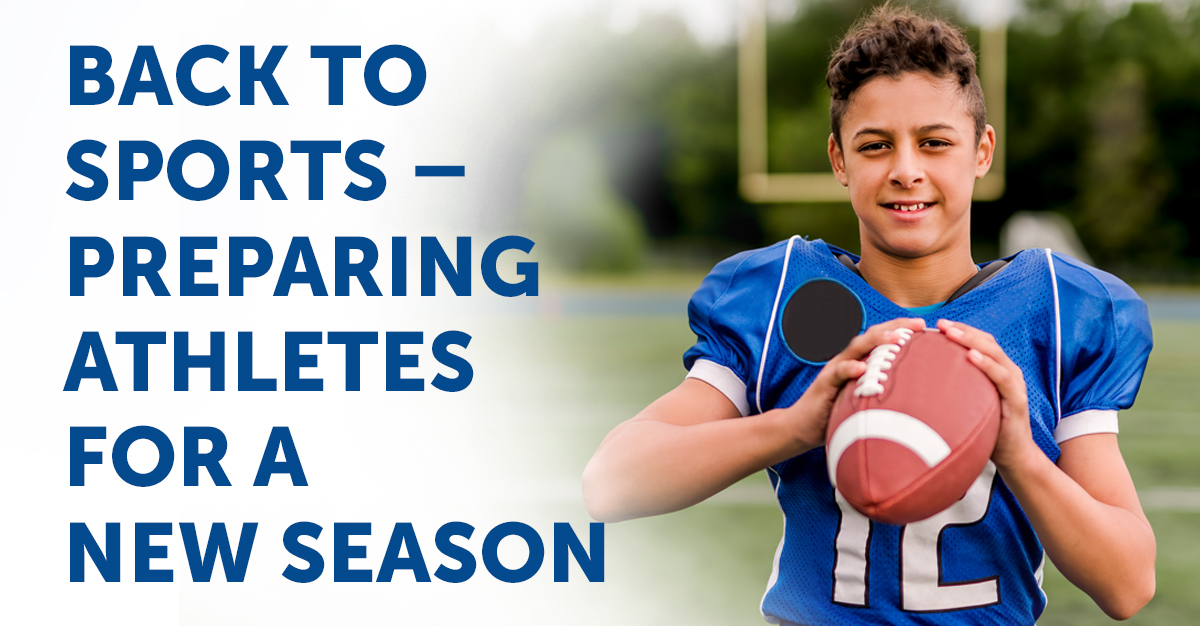

Stepping onto the field, court, or track after a hiatus feels like reuniting with an old friend. To help athletes prepare for an upcoming season, we consulted with expert Brad Perry, owner of Kingwood Occupational & Physical Therapy in the Greater Houston area, for practical tips on training and injury prevention. Brad is a licensed physical therapist, USA Triathlon-Certified Coach, USA Track & Field-Certified Coach, an Adjunct Faculty at the Institute for Athlete Regeneration, where he teaches certifications for Sports Manual Therapy to the MLB, NBA, NFL, & NHL sports medicine teams, and a consultant for the Olympian Ryan Bolton.
How can athletes prepare for an up-and-coming sports season?
Some of the biggest things that people leave out are the recovery and rest portions.
They think about the output of what they need to do. They think ‘I have to put in all this training’, but they never schedule recovery and rest and coaches do it as well. They’ll schedule out all these weeks of training, but they forget to schedule out days to recover and rest properly. Some athletes think “Instead of recovering I’m going to go do an extra rep or two for whatever that sport is” and so then they end up overdoing it.
A lot of research has shown that rest and recovery is usually the most important thing for an athlete to do to prevent injury.
Sleep is Just as Important as Recovery and Rest
Young athletes can forget that sleep is so important. They stay up late studying and then they wake up the next morning, get to practice, and run on only five to six hours of sleep. Young athletes need sleep, especially if they’re a teenager, they’re growing and they need sleep. They need at least 8 hours of sleep.
Scheduling sleep and recovery days, of course, are some of the most precious things to keep in mind before getting back into a sport. I recommend all athletes have an athletic assessment performed on their mobility and strength before the season begins. That will examine where their weaknesses are, where their immobility and tightness are in their body.
Most people get a school physical which is an assessment of general issues to make sure there are no alarming issues, such as with the heart and lungs, whereas an athletic assessment will uncover any underlying, detailed issues that might lead to injury.
What routines should athletes do before starting their season? (ie. Basketball, cross-country, volleyball, football)
Trying to do some kind of strength and conditioning before the season gets rolling is important.
If an athlete hasn’t been training over the summer, it’s going to hit hard when they get out and try to practice. From an individual standpoint, looking at their [athletic] assessment of what we were talking about before; the mobility and strength assessments, looking at those and seeing what their strengths and weaknesses [are], and then we can teach them what exercises they need to be doing. From there, I [physical therapist] can prescribe the proper exercises and the proper strength and mobility exercises for them. Based on their assessments, we would focus on that routine. For instance, if they have decreased mobility in their ankle joint, we’d give them some ankle stretches.
Athletes shouldn’t just go through the motions of a dynamic warm-up if they don’t know what’s weak and what’s tight.
Dynamic warm-ups should be specific to the athlete, and not necessarily to the team. They’re going to do warm-ups for the team, but at an individual level, an athlete should take 5 minutes before the team warm-up to focus on their specific strengths, weaknesses, and tightness.
What equipment do you suggest purchasing before going back to sports training? What should they pack in their duffel bag?
Proper shoes.
Make sure that they’ve tried those shoes on [and that] they’ve practiced in those shoes before game day. You know, you can’t just walk in — and that’s one of the biggest things– sometimes people throw on a pair of shoes and go run cross country or play basketball, and they’ve never tried their shoes on before, except on gameday. Then, all of a sudden, they have pain in their feet because they don’t fit properly. So, make sure they have the proper shoe wear at that point. Each sport will have its equipment, but I think footwear is the most important thing.
What are your nutrition recommendations to prepare for sports training?
Clean eating is #1. When I say clean, I usually talk about eating your nutrients instead of just relying on shakes and things like that.
If you try to hit all the proper nutrition [goals] through actually eating the proper food, then you’ll probably check all the boxes off as far as getting the right amount of vitamins and minerals into the diet. Every sport is going to be a little bit different depending on what their needs are. One sport might need more protein or runoff carbohydrates than another sport, so it is going to be specific to their sport on what their food pyramid looks like.
Every pyramid is going to be a little bit different. Everybody thinks about the food pyramid, but in sports, every sport is a little bit different as far as energy levels and what they need to produce the best energy. If they haven’t already, I would definitely recommend talking to a dietitian, that way they understand what they need for their body to be fueled properly. Sometimes they’re just focused on calories and they’re eating bad food, with lots of sugar, and that doesn’t benefit an athlete at all.
Should athletes get a pre-participation sports physical?
There are physicals and then there are athletic assessments.
I have helped with school physicals every year. What it checks for is scoliosis, you’re checking for [any alarming] conditions. They’ll do a test on the strength of their shoulders to see if they can hold their arms in certain positions. It doesn’t tell you a lot about their specific weaknesses and strengths. [During a physical], they’ll listen to the heart and lungs, listen for heart murmurs or lung issues. And so that “checks the boxes” as far as being able to play the sport. Athletic assessments assess the athlete’s ability to perform the sport. The physical is [used to determine] if they can physically participate. The athletic assessment is [used to determine] if they can perform that sport to the best of their ability.
The athletic assessment is assessing, “What do they need to do to be able to get back to that sport?” We watch them squat. We watch them lunge. We watch them do a push-up. Then we usually [have them] do about 8 or 9 different types of movements to watch and assess their weaknesses. “Why can’t they perform this certain movement?” Well, is it because they’re weak or is it because they can’t move that way? So, they [may be] tight. If we do a squat, we can assess why they can’t go all the way down on a squat. “Is it because their glutes are weak or is it because their hips are stiff?”
That’s what a physical therapist should be able to do, to look at the mechanics of that movement and determine what’s stopping them, whether it is a strength or a mobility issue.
___________
We’d like to thank Brad Perry, PT, MS, STS, FAAOMPT, for taking the time to answer our questions. To find more information about his clinic in Kingwood, TX, or find a physical therapist near you, click the button below.




